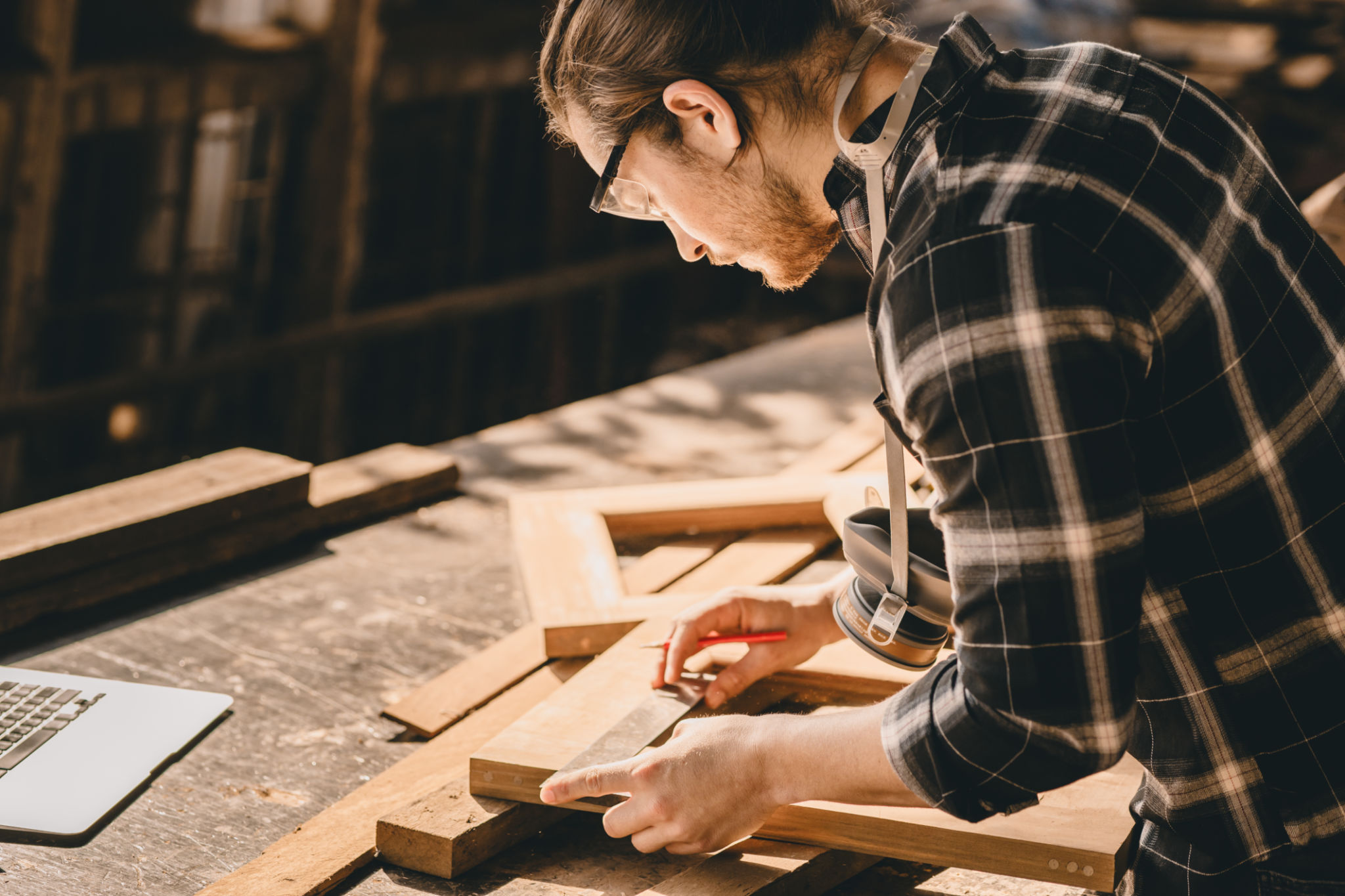DIY Carpentry Tips from a Professional Townsville Carpenter
Essential Tools for Your DIY Carpentry Projects
Embarking on a DIY carpentry project can be both exciting and daunting. Before you begin, it's crucial to equip yourself with the right tools. A basic toolkit should include a measuring tape, a hammer, a set of screwdrivers, and a saw. For more advanced projects, consider investing in a power drill, a level, and a set of chisels. Having the right tools at your disposal can make all the difference in the quality and efficiency of your work.
Another critical tool in your arsenal should be personal protective equipment (PPE). Safety goggles, ear protection, and gloves are non-negotiables for any project. Ensuring your safety while working with potentially dangerous tools is paramount. Always prioritize safety over speed.

Understanding Wood Types and Their Uses
Choosing the right type of wood for your project is essential to its success. Different woods have varying strengths, appearances, and levels of durability. For example, pine is a popular choice for beginners due to its affordability and ease of use. However, it may not be as durable as hardwoods like oak or maple.
When selecting wood, consider the environment where your project will reside. If you're building outdoor furniture, opt for weather-resistant woods like cedar or teak. For indoor projects, aesthetics might be a higher priority, leading you to choose woods that offer beautiful grain patterns and finishes.

Mastering Basic Carpentry Techniques
Once you've gathered your tools and materials, it's time to dive into carpentry techniques. Start by mastering basic skills such as measuring and cutting. Accurate measurements are the foundation of any successful carpentry project. Always measure twice to ensure precision.
Learning how to properly join pieces of wood together is another fundamental skill. Techniques such as butt joints, miter joints, and dovetail joints each have their applications depending on the project requirements. Practice these joints on scrap wood before applying them to your main project.

Planning Your Project
A well-thought-out plan is crucial before starting any carpentry project. Begin by sketching out your design and creating a materials list. Consider factors such as dimensions, the functionality of your piece, and the wood type you'll use. Having a clear plan helps prevent costly mistakes and ensures that you stay on track.
It's also beneficial to create a timeline for your project. Breaking it down into manageable steps will help you stay organized and focused. Allocate time for each stage of the process, from gathering materials to assembly and finishing touches.
Finishing Techniques for a Professional Look
The final touches can significantly impact the overall look of your carpentry project. Sanding is an essential step that ensures smooth surfaces and prepares the wood for finishing. Start with a coarse grit sandpaper and gradually move to finer grits for a polished finish.
Applying a finish not only enhances the appearance of your project but also protects it from wear and tear. Choose between options like paint, stain, or varnish based on your desired outcome. Each finish offers different levels of protection and aesthetic appeal, so select one that aligns with your project's purpose.

Tips for Avoiding Common Mistakes
Even seasoned carpenters encounter challenges during their projects. However, being aware of common pitfalls can help you avoid them. One frequent mistake is underestimating the amount of wood needed, which can lead to delays if you run short mid-project.
Another common issue is neglecting to account for the wood's expansion and contraction due to temperature changes. Always leave room for movement in your designs, especially for outdoor projects where environmental changes are more pronounced.
Lastly, remember that patience is key. Rushing through steps can compromise the quality of your work and lead to errors. Take your time to ensure each phase is completed meticulously.



